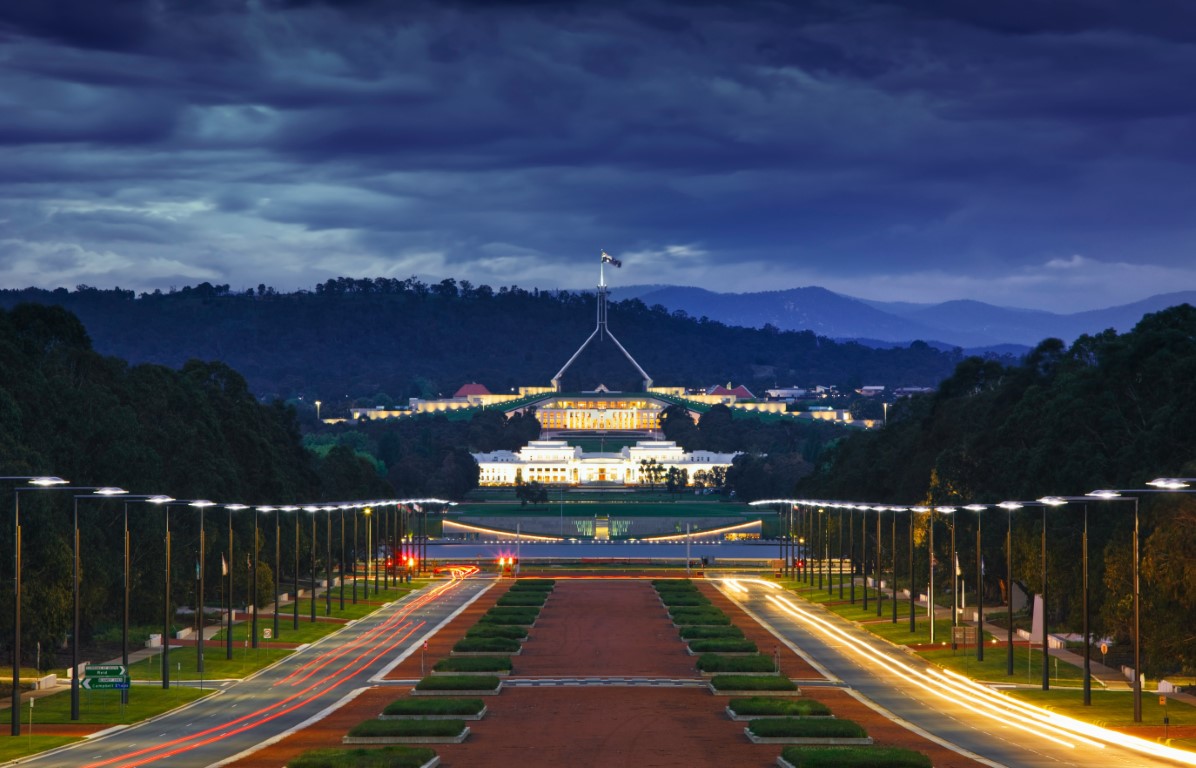
Canberra is Changing
The Corenet Government Forum took place in Canberra the other week with a great set of speakers; Sam Engele (ACT Government), Joydeep Hor (People + Culture Strategies), Tom Payne (Hoyne) and Domino Risch (Placeology).
Before heading back to Sydney, we drove around Canberra to take a quick look at some of the office markets. The Canberra market is different to the rest of the nation’s capitals because it is the seat of the federal government and hence has a different mix of tenants.
A notable difference between Canberra and other capitals is that at the outset of Covid, the market avoided the initial net absorption shocks experienced in Sydney and Melbourne. Interestingly, since mid-2022, net absorption has fallen back to pre-2020 levels as the support of covid times runs out.
Property Council of Australia’s latest Office Market Report Canberra statistics for the first half of 2024 are;
- Stock 2,397,006 m2 – Increased from 2,359,969 m2. Canberra is now the 3rd largest market after Melbourne and Sydney. Brisbane CBD is a whisker smaller
- Net supply – 37,037 m2 was added
- Vacancy – increased from 8.4% to 9.5%
- Absorption – net absorption for the first half of 2024 was positive 6,109 m2
- Absorption – 6 month net absorption average in the 5 years to January 2020 was positive 1,586 m2
- Absorption – 6 month net absorption average in the 4.5 years since January 2020 has been positive 14,932m2 – since mid-2022 the 6 month average has been positive 447 m2
For years, Canberra has been one of the most stable and predictable office markets, but things are changing. With still more new stock on the way, vacancy in 2025 should go above 10% for the first since early 2021. But where that vacancy is located is a different matter.

No Comments